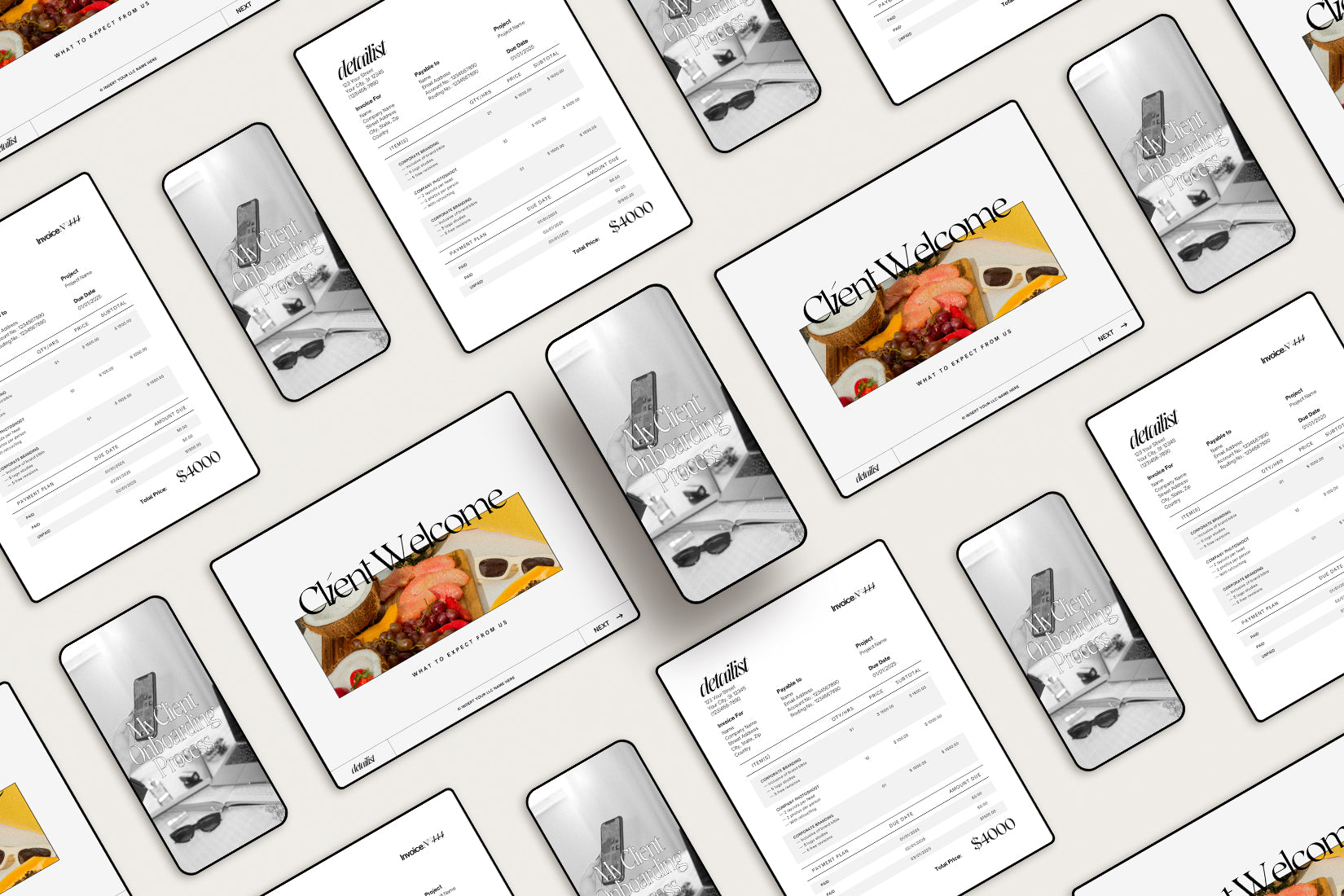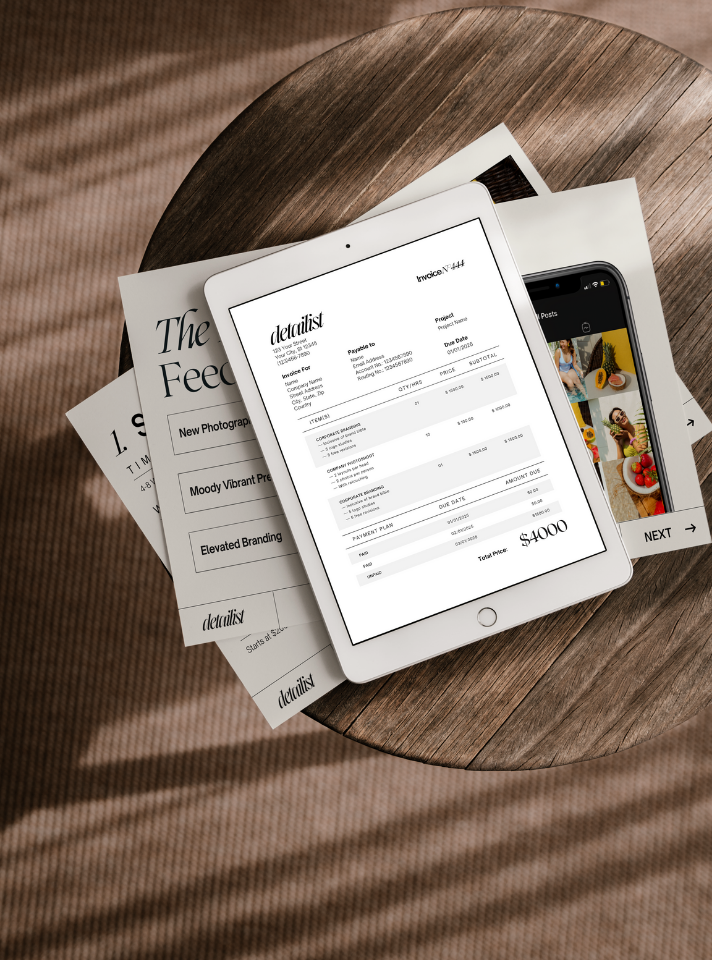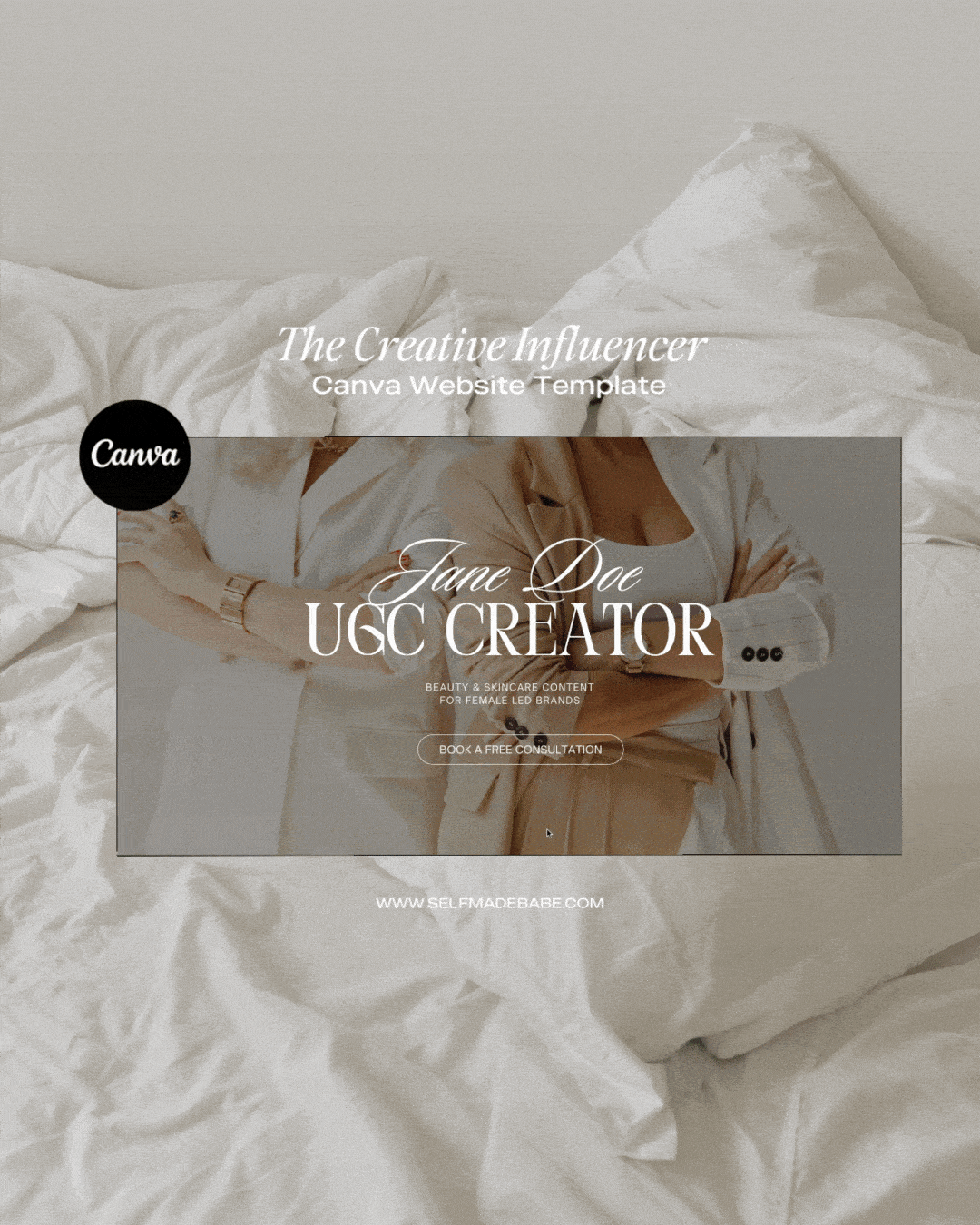Ever land on a website that just feels right? You scroll effortlessly, you find what you’re looking for without even trying, and before you know it, you’re signing up, checking out, or bookmarking it to come back later. Maybe it's just me (as a brand & web designer). But that’s flow. And no, it’s not just a buzzword. It’s what separates a chaotic website from one that quietly sells for you while you sleep.
If you’re a small business owner or creative entrepreneur, getting your website flow right can literally make or break the customer experience. The good news? You don’t need a big agency to get started, you just need to think like a customer.
So, What Actually Creates “Flow” on a Website?
Flow is when your visitor moves through your site without friction or confusion. Think of it like a Target run where you walked in for toothpaste and walked out with a $300 cart but you’re not mad about it.
Here are some factors that help your website flow:
-
Simple & intuitive navigation – No one wants to dig for your “Shop All” page.
-
Quick load speed – If your site takes forever to load, you’re already losing people.
-
Clean design and hierarchy – Clear headlines, obvious buttons, logical page structure.
-
Consistent branding – Fonts, colors, tone—yes, it all matters.
-
Emotional engagement – Your site should spark trust, excitement, or curiosity—not confusion.
-
Fewer clicks to conversion – Don’t make people work for it.
DIY Tip: Before you drop $$$ on a web designer, make a list of 3–5 websites you love visiting. What’s working? What keeps you scrolling? This isn’t about copying your competitors, it’s about borrowing the best UX ideas from brands you admire and making them your own for your brand.
Let’s Talk Content Strategy (Because Pretty Alone Doesn’t Pay the Bills)
Once you’ve got a solid website foundation, it’s time to think about what you’re saying and how you're saying it. That’s your content strategy. A solid content strategy isn’t just blogging when you feel like it or throwing random Instagram posts into the void. It’s about knowing what your audience needs to hear and delivering it in the way they like to consume it.
Here’s what to consider when building your content plan:
-
Your audience’s pain points – What keeps them up at night? Solve that.
-
Your customer journey – Are you educating, nurturing, or converting?
-
SEO & discoverability – Use keywords they’re actually Googling.
-
Consistency across channels – Your email voice should match your IG captions.
-
Content formats that feel doable – You don’t have to do long-form video if that’s not your jam.
-
Measurable goals – Are you aiming for clicks, sales, replies, or something else?
DIY Tip: Don’t know where to start? Try writing down the top 5 questions your customers always ask and turn each one into a blog post, an Instagram Reel, or a weekly newsletter. That’s content you know they want.
At the end of the day, your website and content aren’t just tools, they’re experiences you are creating for your customers. They can either frustrate people or make them feel like they’ve finally found the brand that “gets” them. The difference is usually in the details.
Need help refining your flow or reworking your content approach? Start with a simple brand audit it’ll help you figure out where things are flowing and where they’re totally stuck.





Leave a comment